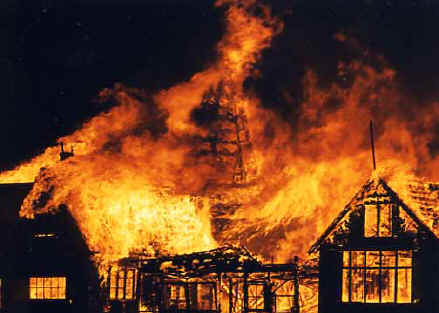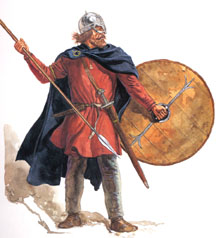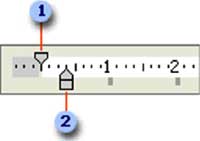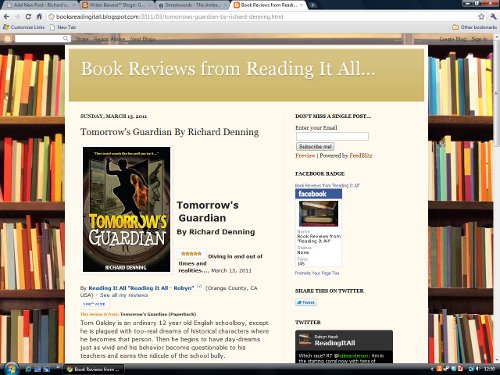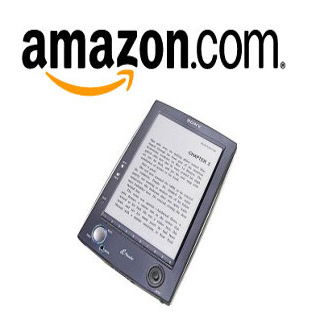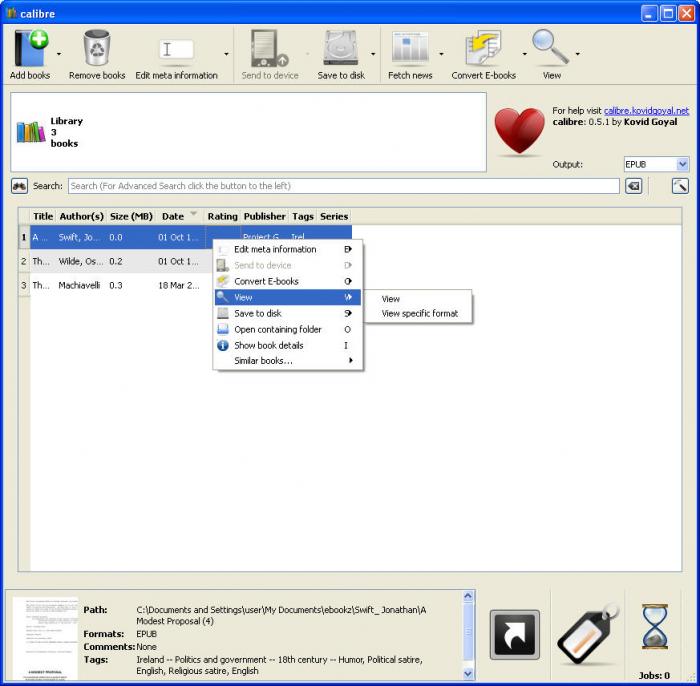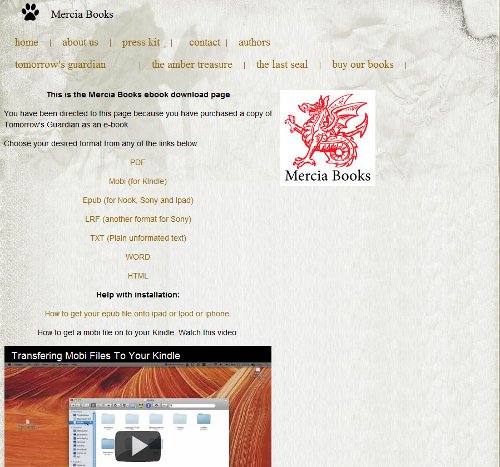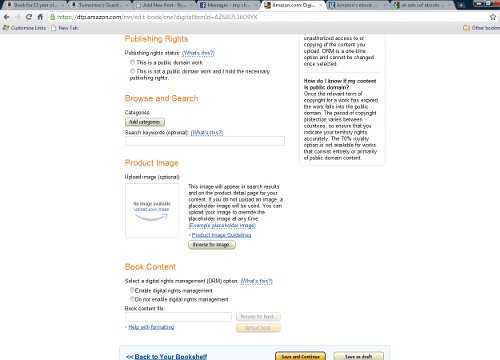A few items of news relevant to self publishing authors arrived in my inbox this last few days so I thought I should share them.
Nook Opens in the UK
Barnes and Noble have made a move into the UK e-books market by launching http://uk.nook.com only last week – a site where UK readers can buy e-books for their nook. At the same time the Nook is on sale in 2500 stores around the country. With Christmas fast approaching B&N are clearly making a bid for a piece of what will probably be the biggest digital Christmas with millions of Brits having Kindles, Nooks and Ipads for Xmas.
Apple ibooks move into fresh territories
At the same time Apple have opened up ibook stores in countries including Brazil, Mexico, Argentina, Bolivia, Chile, Colombia, Costa Rica, Dominican Republic, Ecuador, El Salvador, Guatemala, Honduras, Nicaragua, Panama, Paraguay, Peru, Venezuela, and New Zealand. This brings many millions of new readers into the market for ebooks.
The easiest way to distribute and sell books to these markets is probably via Smashwords – the US based e-book distributor which is ideal for self published authors to use. You just set up an account, read the very detailed formatting document and then upload your books. Smashwords take care of the distribution to Apple, Barnes and Noble, Sony etc. The only store they don’t yet distribute to is Amazon and to be honest you are best formatting your own kindle books and uploading to Amazon direct.
You can read more about Smashwords here: Converting Novels into Various e-book formats
You can read more about formatting for Kindle here: How to prepare a book for Kindle
I recently joined the Alliance of Independent Authors which is a group of authors in the US, UK and worldwide who share expertise and knowledge about the process of self publishing. Their website and blog is stuffed full of detailed articles and advice for authors and I would recommend checking them out as a treasure trove of useful information.
http://allianceindependentauthors.org/
Reading Agency and Alliance of Independent Authors pilot scheme in Libraries
One interesting initiative has been developed whereby self published authors are linked into libraries and readings groups. For a number of years traditional publishers and mainstream authors have been linked into Libraries via the Reading Agency scheme but a new partnership aims to involve self published authors.
More on that here: http://selfpublishingadvice.org/blog/wp-content/uploads/2012/11/alli-news-2012-novdec-final.pdf


